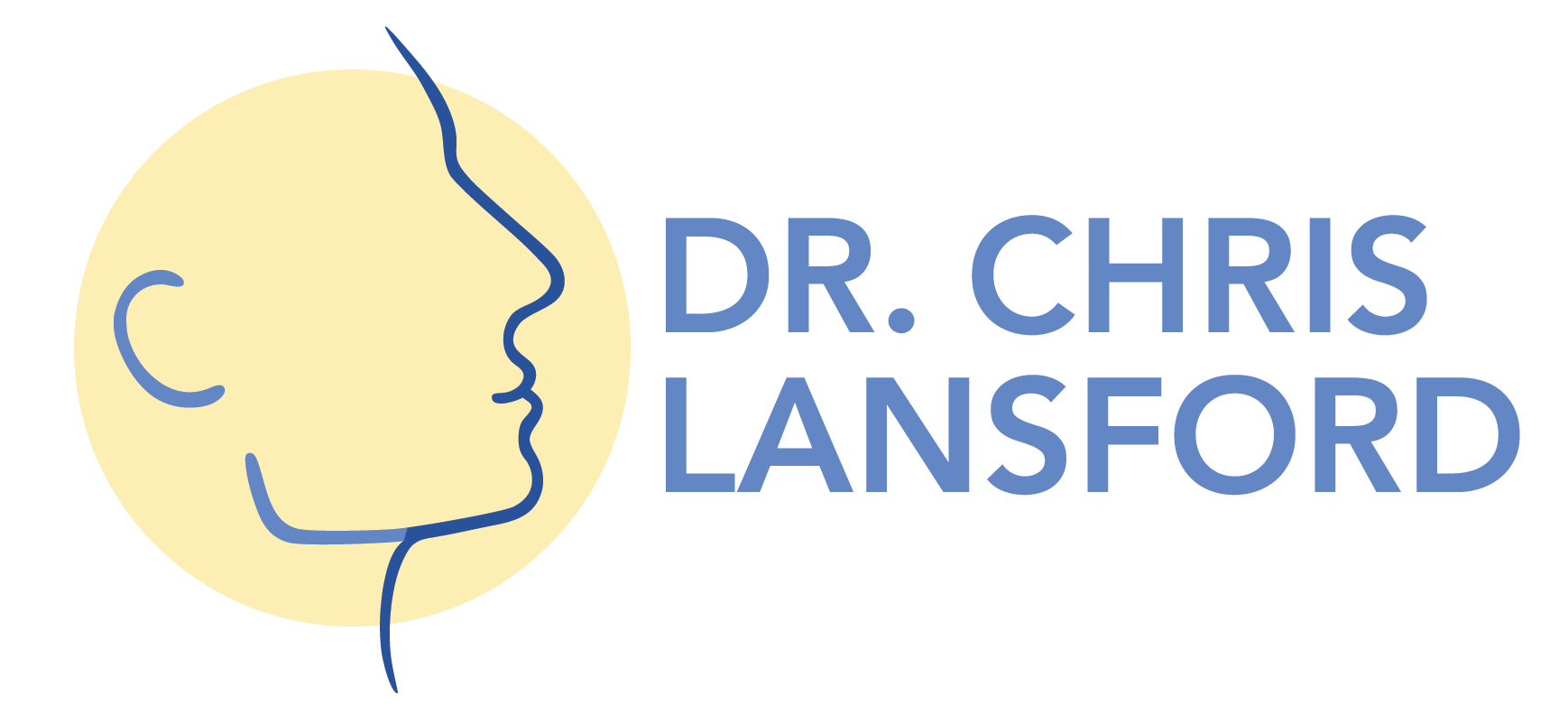Thyroid Nodule Off Ramp:
Next steps after a benign biopsy
Concepts
Not all thyroid nodules that appear suspicious on ultrasound are malignant (cancerous).
A single benign reading on ultrasound guided fine needle aspirate is about 96% accurate.
Ideally, benign (non-cancerous) nodules would not be removed surgically unless the size of the nodule causes compression of adjacent structures, an unwanted lump in the neck, or if the nodule were hyperactive (toxic thyroid nodule).
There is no way to absolutely guarantee that a nodule is benign, other than removing the nodule surgically.
In order of accuracy, 1) needle biopsy results, 2) ultrasound characteristics (Ti-Rad system), and 3) growth of a nodule are indicators of possible malignancy.
high risk Nodules with one benign usgfnab reading:
When a thyroid nodule has a high ultrasound Ti-Rads score (high suspicion for malignancy) and one USGFNAB reading of benign (Bethesda system category 2) cytopathology, a repeat thyroid ultrasound and USGFNAB are typically performed in 12 months of the first USGFNAB.
If this second biopsy is also benign, the risk of malignancy is close to zero, and clinical judgment may be used to undertake another thyroid ultrasound in 2 years, to observe without a planned procedure, or in some cases, such as with a nodule ≥ 3 cm diameter, consider surgery.
(This is a strong recommendation with moderate-quality evidence per the 2015 ATA guidelines.)
low to intermediate risk nodules with one benign usgfnab reading:
When a thyroid nodule has a low to intermediate ultrasound Ti-Rads score (low to intermediate suspicion for malignancy), and one USGFNAB reading of benign (Bethesda system category 2) cytopathology, a repeat thyroid ultrasound is typically repeated at 12–24 months from the USGFNAB.
Then, if sonographic evidence of growth (20% increase in at least two nodule dimensions with a minimal increase of 2 mm or more than a 50% change in volume) or development of new suspicious sonographic features, the FNA could be repeated or observation continued with repeat US, with repeat FNA in case of continued growth.
(This is a weak recommendation with low-quality evidence per the 2015 ATA guidelines.)
Very low risk nodules with one benign USGFNAB reading:
When a thyroid nodule has a very low ultrasound Ti-Rads score (very low suspicion for malignancy), including spongiform nodules, and one USGFNAB reading of benign (Bethesda system category 2) cytopathology, the utility of surveillance US and assessment of nodule growth as an indicator for repeat FNA to detect a missed malignancy is limited. If thyroid ultrasound is repeated, it would typically be done after 24 months.
(This is a weak recommendation with low-quality evidence per the 2015 ATA guidelines.)
This page


